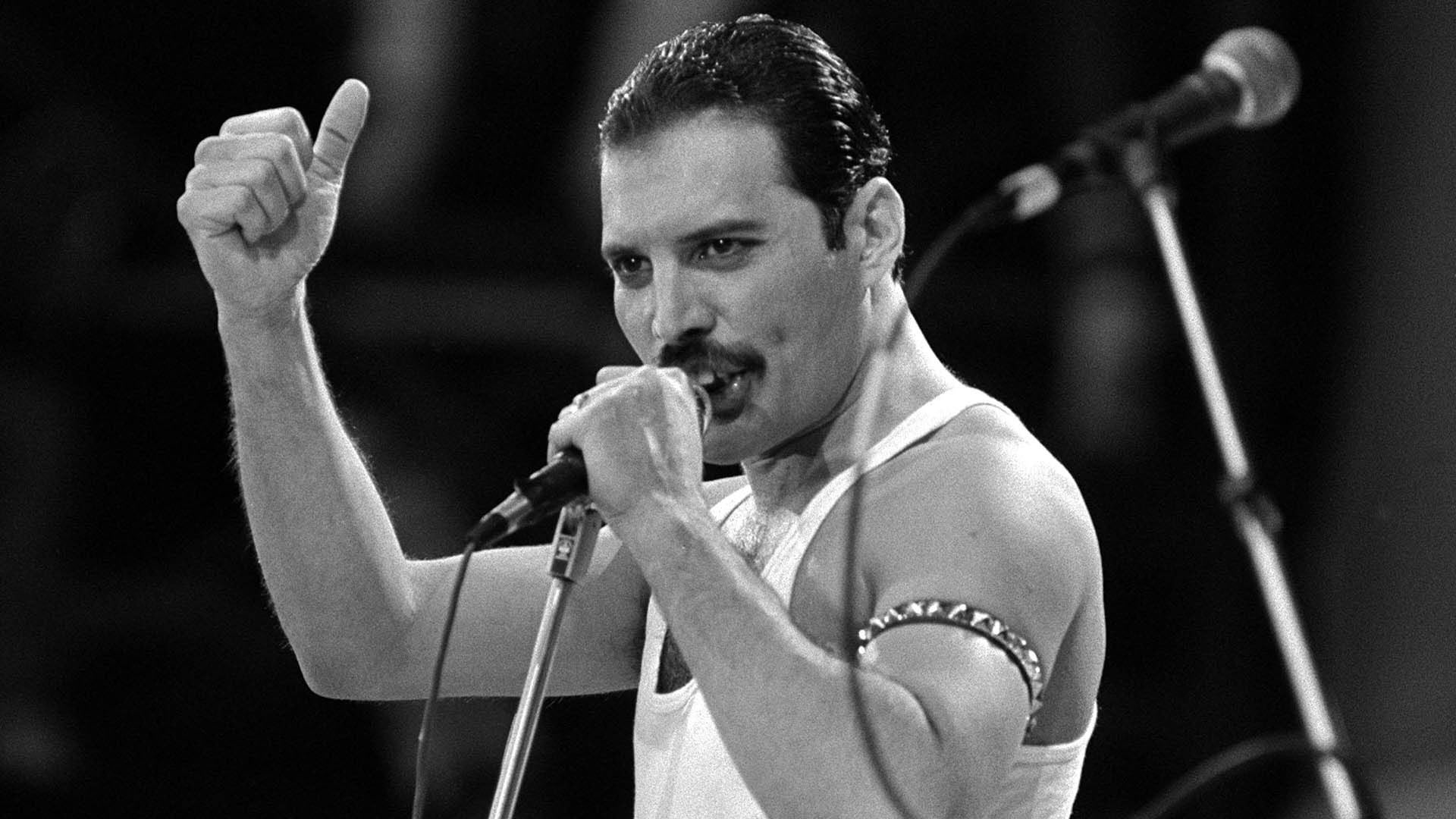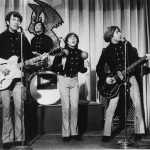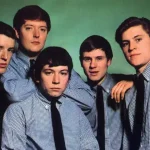A Timeless Classic: Queen’s “Bohemian Rhapsody” – A Masterpiece of Innovation and Ambition
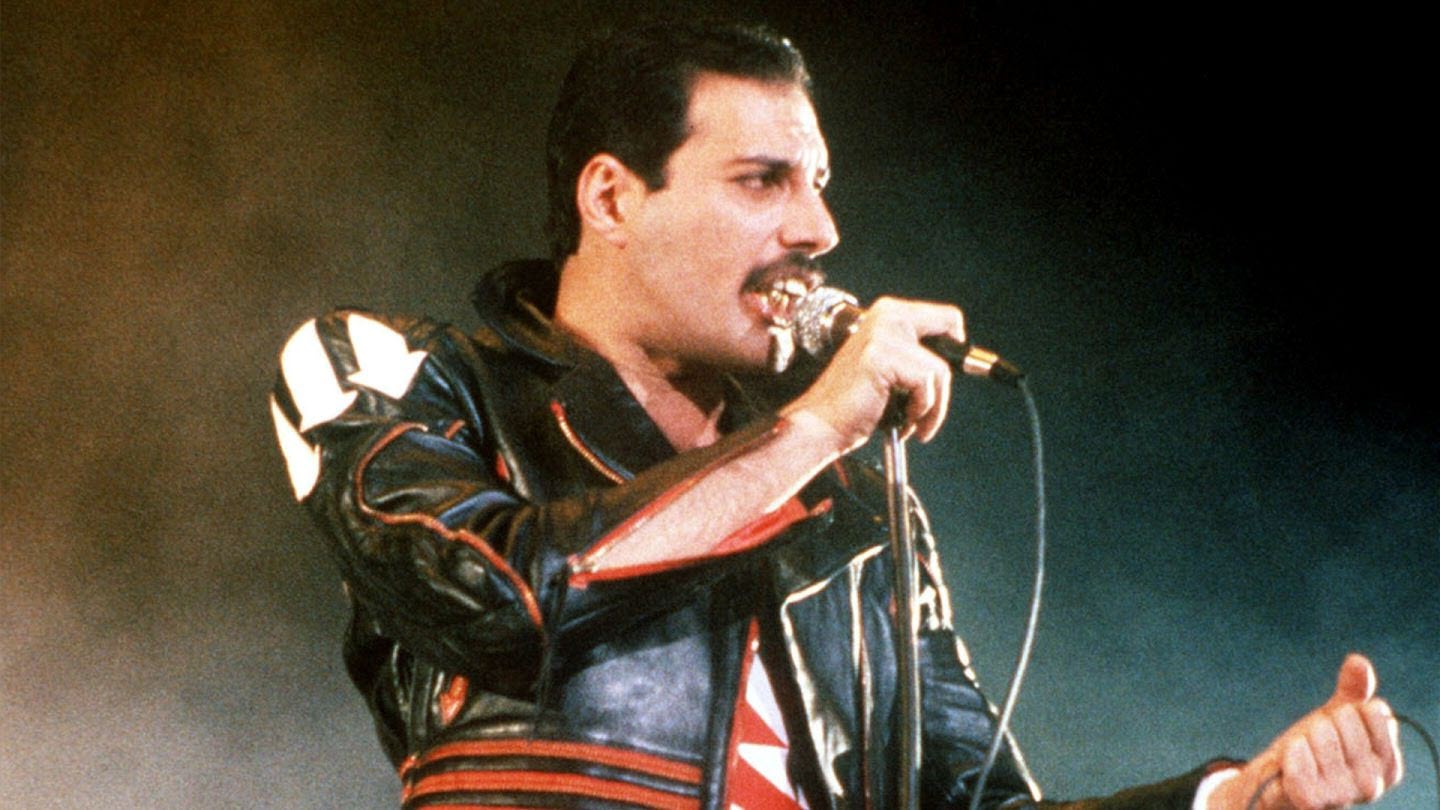
“Bohemian Rhapsody,” the magnum opus by the British rock band Queen, stands as an iconic song that has left an indelible, multifaceted mark on the music world since its release in 1975. Serving as the lead single from their groundbreaking fourth studio album, A Night at the Opera, this track immediately announced itself as something extraordinary and unlike anything heard before.
At its core, “Bohemian Rhapsody” is a testament to the boundless creativity and audacious vision of the band’s enigmatic lead singer, Freddie Mercury, who crafted this ambitious piece. This nearly six-minute suite brazenly defies conventional song structures, instead weaving together an eclectic and seamless mix of disparate musical styles: it opens with a haunting a cappella intro, transitions into a tender ballad, explodes into a flamboyant operatic passage, shifts gears into a blistering hard rock section, and finally concludes with a reflective yet powerful coda. This unique, multi-part format and intricate composition were revolutionary for its time, making it one of the very few progressive rock songs from the 1970s to not only achieve mainstream success but to utterly dominate the global charts.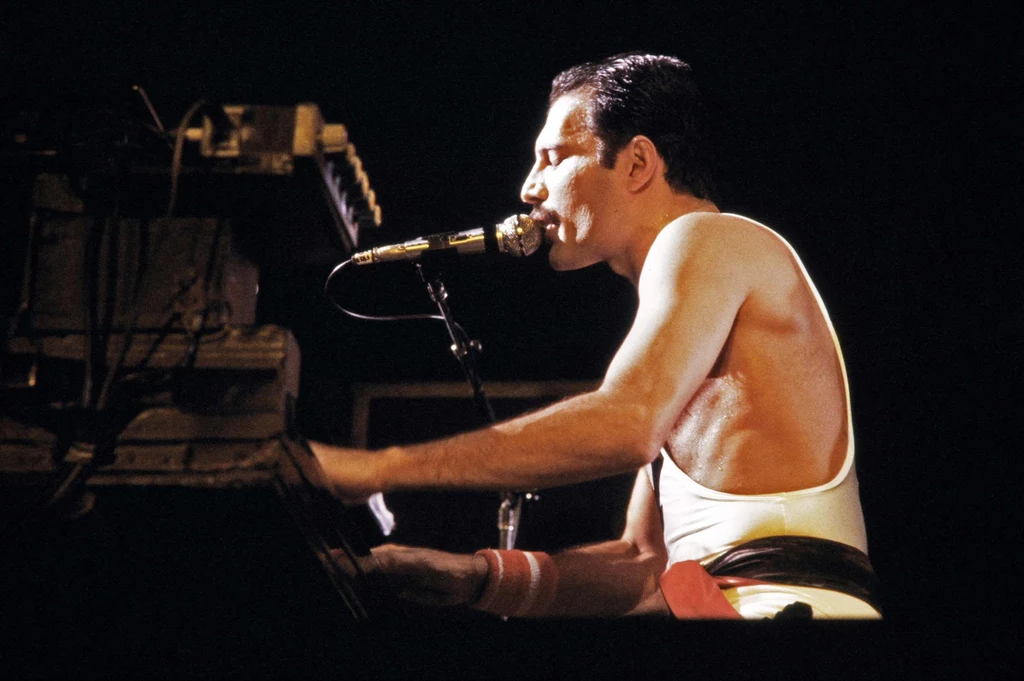
Mercury himself famously described it as a “mock opera,” a fitting description for a composition that masterfully fuses three distinct songs he had painstakingly written over years. The recording process for “Bohemian Rhapsody,” co-produced with the talented Roy Thomas Baker, was nothing short of monumental. It was an ambitious undertaking, taking place across an unprecedented five different studios between August and September 1975. Due to the technological limitations of the era, the band faced immense challenges in layering the myriad vocal and instrumental tracks. They ingeniously bounced tracks across eight generations of 24-track tape, a laborious process that ultimately required nearly 200 tracks for overdubs to achieve the song’s incredibly dense and layered sound, particularly in its famous operatic section.
True to its “mock opera” nature, the song brilliantly parodies operatic conventions with its bombastic, multi-tracked choruses, sarcastic recitative passages, and deliberately distorted Italian phrases. Its rich lyrical tapestry is peppered with intriguing and evocative references to figures like Scaramouche, Galileo, and Beelzebub, alongside the powerful and surprising cry of “Bismillah!” (an Arabic phrase meaning “In the name of God”). This blend of the profound, the theatrical, and the absurd cemented “Bohemian Rhapsody” as a singular artistic achievement – a timeless classic that continues to captivate and amaze listeners with its sheer innovation, emotional depth, and unparalleled musical ambition.